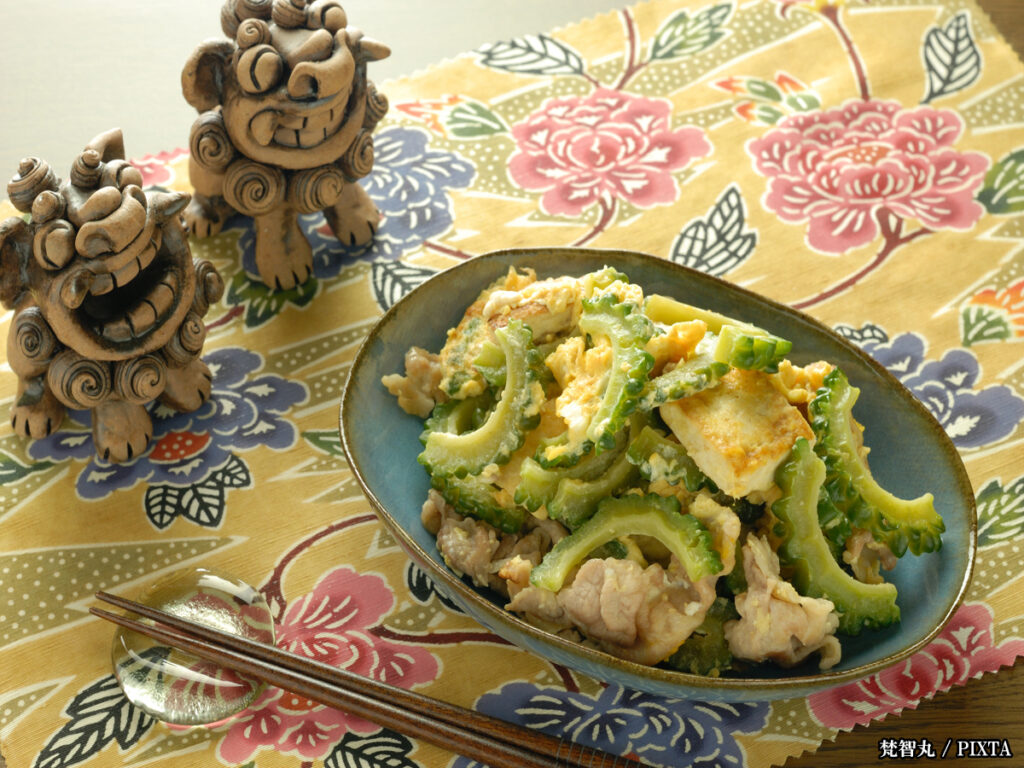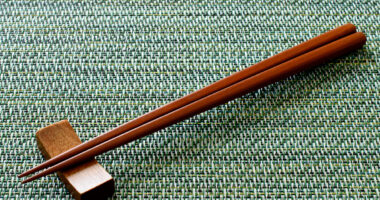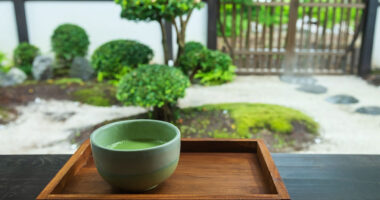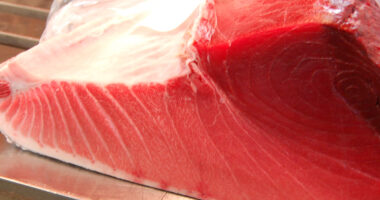Okinawa was once known as a prefecture of longevity. Recognizing this remarkable achievement, Okinawa Governor Masahide Ōta officially declared Okinawa a “World Longevity Region” in 1995. From 1975 to 2005, Okinawan women consistently held the top spot for longevity, while Okinawan men also claimed the highest life expectancy in the nation in 1985. One of the primary reasons for this exceptional lifespan is believed to be the region’s traditional diet, which features a variety of nutrient-rich local ingredients.
In this article, we will explore some of these wholesome foods that play a crucial role in promoting health and longevity in Okinawa.
The Okinawan diet: a key to longevity
The traditional Okinawan diet is centered around an abundance of vegetables, beans, and lean proteins while keeping processed foods to a minimum. This well-balanced, nutrient-rich way of eating is widely regarded as a key factor contributing to Okinawans’ exceptional longevity, making them one of the longest-living populations in the world.
Must-try Okinawan superfoods
Gōyā (bitter melon)
One of Okinawa’s most well-known vegetables, goya, is a distinct green melon with a bumpy exterior and a bold, bitter taste. While its strong flavor may take some getting used to, goya is highly prized for its impressive health benefits.
- Health benefits:
Packed with vitamin C, antioxidants, and fiber, goya is known for its potential to help regulate blood sugar levels, support digestion, and strengthen the immune system. Its nutrient-rich profile makes it a staple in Okinawan cuisine, contributing to the region’s reputation for longevity. - Where to try it:
A great way to experience goya is through goya chanpurū (“stir-fry” in Okinawan dialect), a classic Okinawan dish featuring bitter melon, tofu, egg, and either pork or spam. This hearty dish can be found in many local restaurants, including the second floor of the Makishi Public Market in Naha, where visitors can enjoy an authentic taste of Okinawan home cooking.

Photo for illustrative purposes
Okinawan tofu
Okinawan tofu stands apart from the soft, delicate tofu commonly found in mainland Japan. It is known for its firmer texture and richer, more robust flavor.
One popular variety is jīmāmi tofu, a unique Okinawan specialty. The name jimami translates to “peanut,” reflecting its main ingredient. Also made with sweet potato starch, it has a rich, creamy texture and subtle nutty flavor. This tofu is not only flavorful but also highly nutritious, boasting a high protein content that makes it a valuable part of the Okinawan diet.
- Health benefits:
Tofu is a nutrient-dense superfood that is high in protein, calcium, and iron, making it an excellent choice for supporting heart health, muscle growth, and bone strength. As a plant-based protein, it plays a key role in a balanced Okinawan diet and is known for its versatility in various dishes. - Where to try it:
Jimami tofu can be found at many traditional Okinawan restaurants, often served with a savory-sweet sauce that enhances its delicate taste.

Photo for illustrative purposes
Mozuku seaweed
Mozuku is a type of seaweed, and Okinawa is the largest producer of mozuku in Japan. Usually eaten as a vinegared dish in other parts of Japan, mozuku is often eaten as tempura in Okinawa!
- Health benefits:
Mozuku contains a compound called fucoidan, which is believed to support gut health and enhance the immune system. - Where to try it:
In mozuku tempura, the seaweed is lightly battered and fried to crispy perfection. This unique and flavorful dish is commonly served at izakayas (Japanese gastropubs) across Okinawa, offering visitors a delicious and crunchy way to experience this local superfood.

Photo for illustrative purposes
Beni imo (purple sweet potato)
Okinawa is well known for its production of beni imo, or purple sweet potatoes, which are prized for their natural sweetness and rich, deep flavor. This vibrant ingredient plays an essential role in traditional Okinawan cuisine, appearing in both savory dishes and a variety of local sweets. Beni imo is considered an indispensable part of Okinawan food culture, and treats made from it have become a must-try specialty for visitors. Beyond its delightful taste, beni imo is also packed with nutrients, making it a delicious and health-boosting addition to the Okinawan diet.
- Health benefits:
Beni imo is a nutrient-rich superfood loaded with antioxidants, vitamins, and fiber, making it excellent for digestion, immune support, and overall health. - Where to try it:
Beni imo is a key ingredient in many Okinawan sweets and desserts, offering a naturally sweet and creamy flavor. One of the most popular treats is the beni imo tart, a delightful pastry filled with smooth purple sweet potato filling. For an authentic taste, visit Okashigoten, a well-known confectionery shop specializing in Okinawan sweets, where these tarts are freshly made and widely loved by locals and visitors alike.
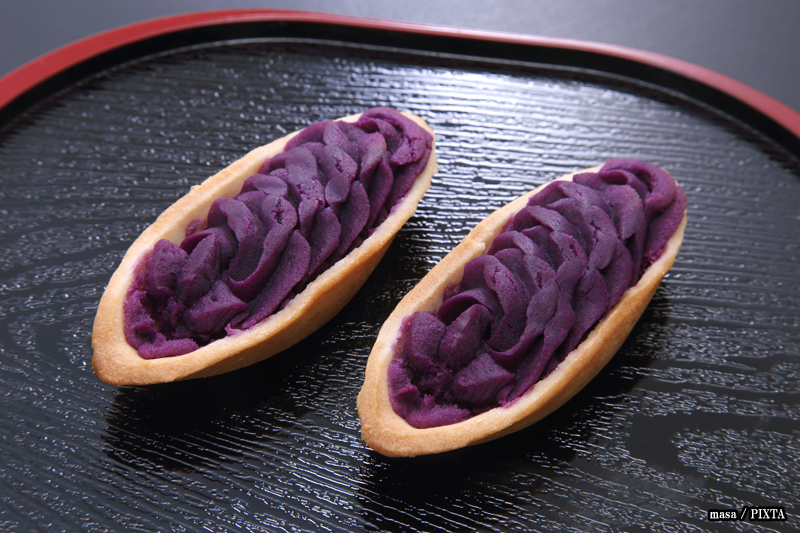
Photo for illustrative purposes
Turmeric
Okinawans frequently use turmeric in their cooking and even drink turmeric tea.
- Health benefits:
Turmeric is rich in minerals and dietary fiber, making it a popular ingredient in health foods and dietary supplements. - Where to try it:
A simple and delicious way to enjoy turmeric in Okinawa is through ucchin tea, a herbal tea made from Okinawan turmeric. This soothing beverage is widely available at supermarkets and convenience stores, making it an easy and accessible way to experience the health benefits of turmeric while exploring the island.
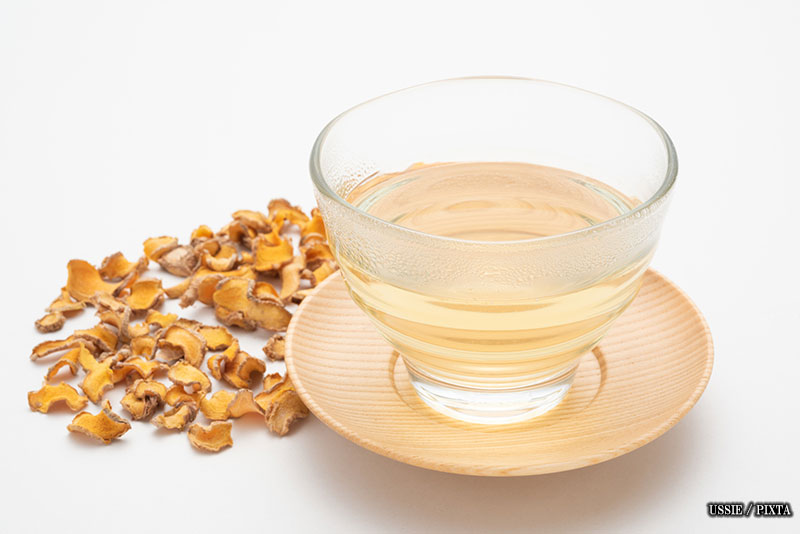
Photo for illustrative purposes
The role of superfoods in Okinawan longevity
Okinawan superfoods and lifestyle offer gentle support for everyday health. The traditional diet is built around fresh, local ingredients, with plenty of plant-based dishes and modest portions—naturally balanced and easy to enjoy.
Okinawan cuisine blends flavor and nutrition in a simple, approachable way. By adding some of these wholesome foods to your routine, you can enjoy the unique tastes of Okinawa while taking small, sustainable steps toward a healthier lifestyle.
